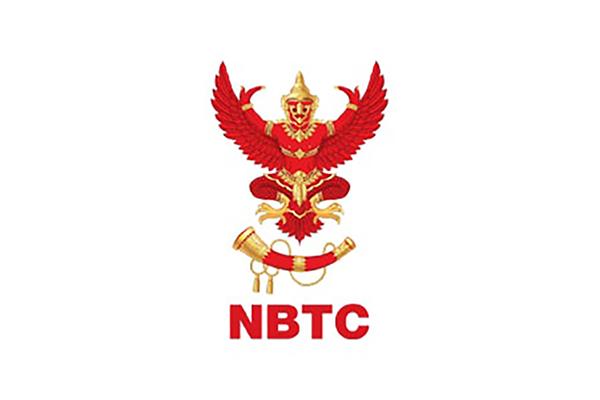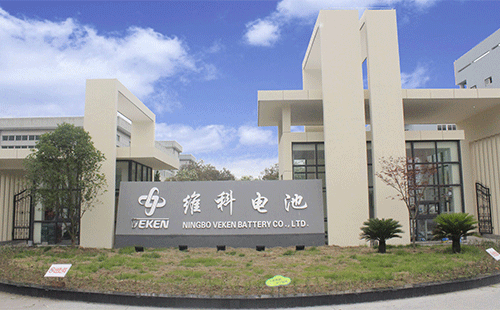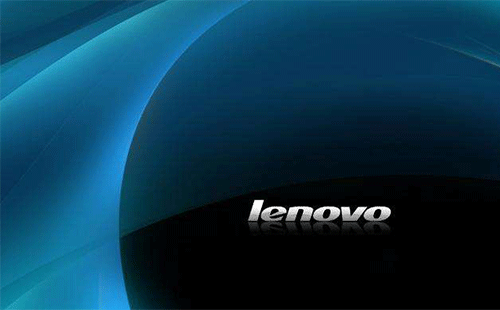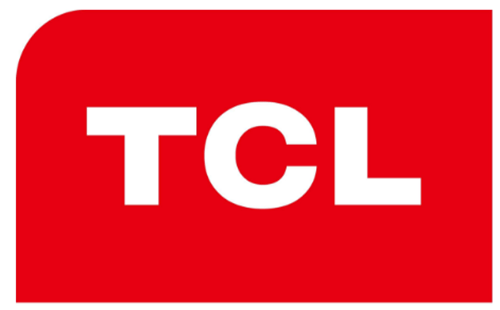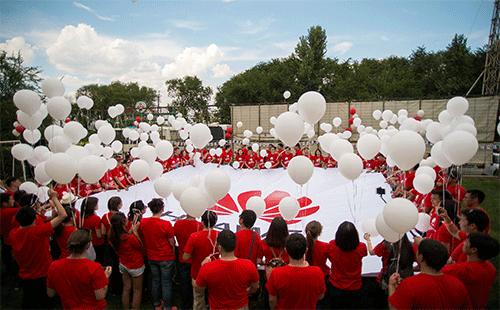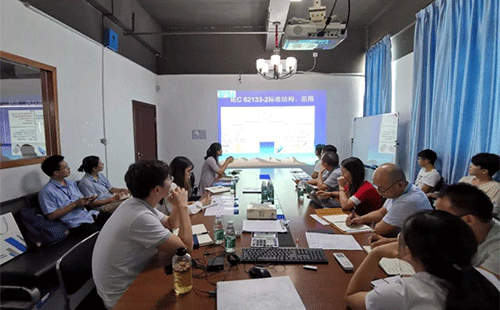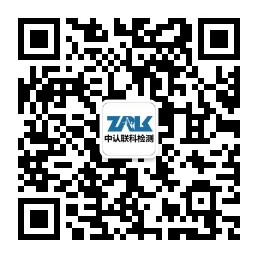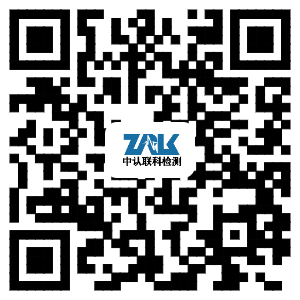Are your mobile phone, watch and headphones all out of power at the same time? The three-in-one wireless charger easily resolves "charging anxiety". But if you want to sell this "charging wonder" to the United States, there is a crucial step that cannot be missing - FCCID certification. Today, let's talk about why the three-in-one wireless charger needs this "overseas pass" and some practical tips during the application process to help you avoid pitfalls and pass the level quickly!
Why does a three-in-one wireless charger need to obtain FCCID certification?
First, let's understand what FCCID is: It is a certification by the Federal Communications Commission (FCC) of the United States for wireless communication devices. As long as the product has wireless functions such as Bluetooth, Wi-Fi, and NFC, it must pass the FCCID certification to be legally sold in the United States. The three-in-one wireless charger usually supports multiple wireless charging technologies and may also be equipped with a built-in Bluetooth chip (such as voice prompts for battery level display), and it belongs to the "radio frequency transmitting device" regulated by the FCC.
Obtaining certification is not about "causing trouble", but about "ensuring customs clearance" : On the one hand, FCC certification can guarantee that the electromagnetic radiation, signal interference and other indicators of the product meet the US standards, avoiding being detained or taken off the shelves by customs. On the other hand, it is also a "hard currency" that wins the trust of overseas consumers. After all, no one is willing to buy a charger that may interfere with mobile phone signals or pose safety hazards.
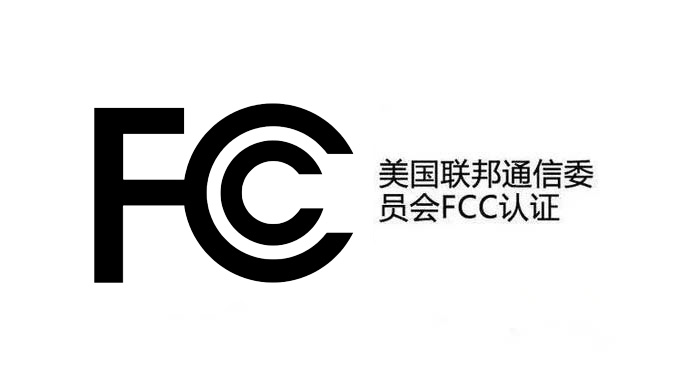
How does the certification process go? Four steps are steady and you won't get lost
The first step: Pre-review of materials + laboratory connection
Log in to the FCC official website or submit materials through a compliance agency for a preliminary review first (with a focus on checking whether the technical documents are complete). At the same time, select an FCC-recognized laboratory (such as TUV, SGS) and send samples for testing.
Step 2: Key Points for laboratory Testing
1. The inspection items revolve around wireless performance:
2. Electromagnetic Compatibility (EMC) : Measure radiated and conducted disturbances to prevent interference with radios, televisions and other equipment;
3. Radio Frequency Safety (RF Safety) : Ensure that the electromagnetic radiation values at the parts in contact with the human body are within a safe range;
4. Functional consistency: Verify whether the wireless charging power and frequency range are consistent with the claimed parameters.
The testing cycle is usually 2 to 3 weeks. Remember to remind the laboratory to synchronously upload the testing data to the FCC database.
Step 3: FCC ID application and Public announcement
After the test is passed, register an account on the FCC official website, submit the test report and the FCC ID application (in the format of "Grantee Code + Product Code"). The FCC review takes approximately 1 to 2 weeks. Once approved, your product ID will be posted on the official website, and the certification status can be checked globally.
Step 4: Affix the FCC label
After the certification is completed, clearly mark the FCC ID number on the product and packaging (usually printed at the bottom or on the first page of the manual), and then you can send it to the United States with confidence!
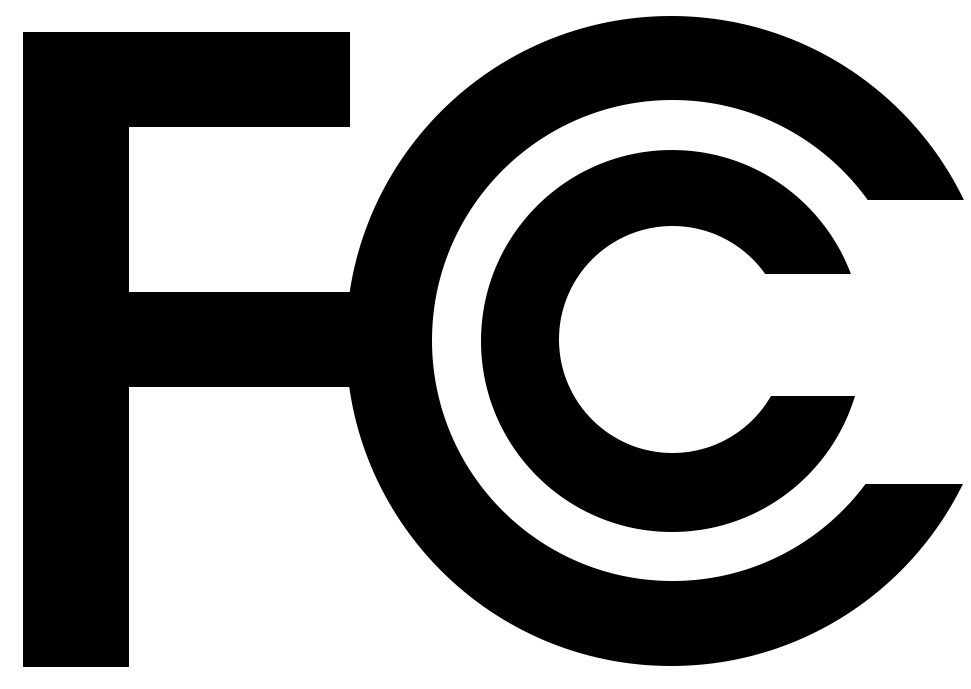
What are the benefits of getting a good certification? These three "ace cards" must be held firmly
1. A compliant "pass" for overseas expansion: The US customs and e-commerce platforms (such as Amazon) will enforce FCC ID verification. Without certification, sales will be directly banned, with a maximum fine of up to 100,000 US dollars. Compliance is the long-term business strategy.
2. Enhance product competitiveness: Charging devices with FCC ID are regarded as synonymous with "safety and reliability" in the eyes of overseas consumers, especially in the European and American markets where qualifications are highly valued.
3. Avoid technical risks: The detection process can identify issues such as wireless signal interference and excessive radiation in advance, helping you optimize product design and reduce after-sales complaints.
Give the three-in-one wireless a "passport for going global"
From a desktop "charging assistant" to a "hot commodity" in overseas markets, FCC ID certification is an inevitable path. It is not merely a paper certificate, but also a "double endorsement" of the product's compliance and security. Prepare the materials and clarify the process to let your three-in-one wireless charger enter the US market with a "legal identity", and knock on the doors of global consumers with quality and compliance! The next time you choose a charging device, you might as well check if it has FCC certification. This is an important reference for cross-border e-commerce product selection.



